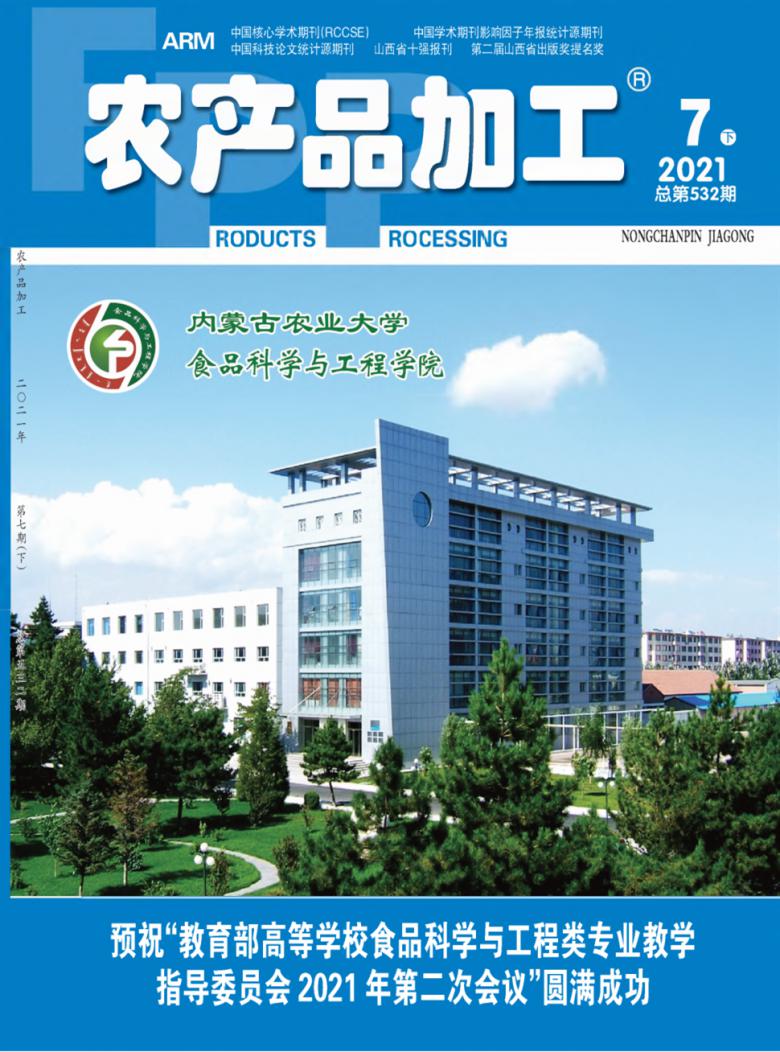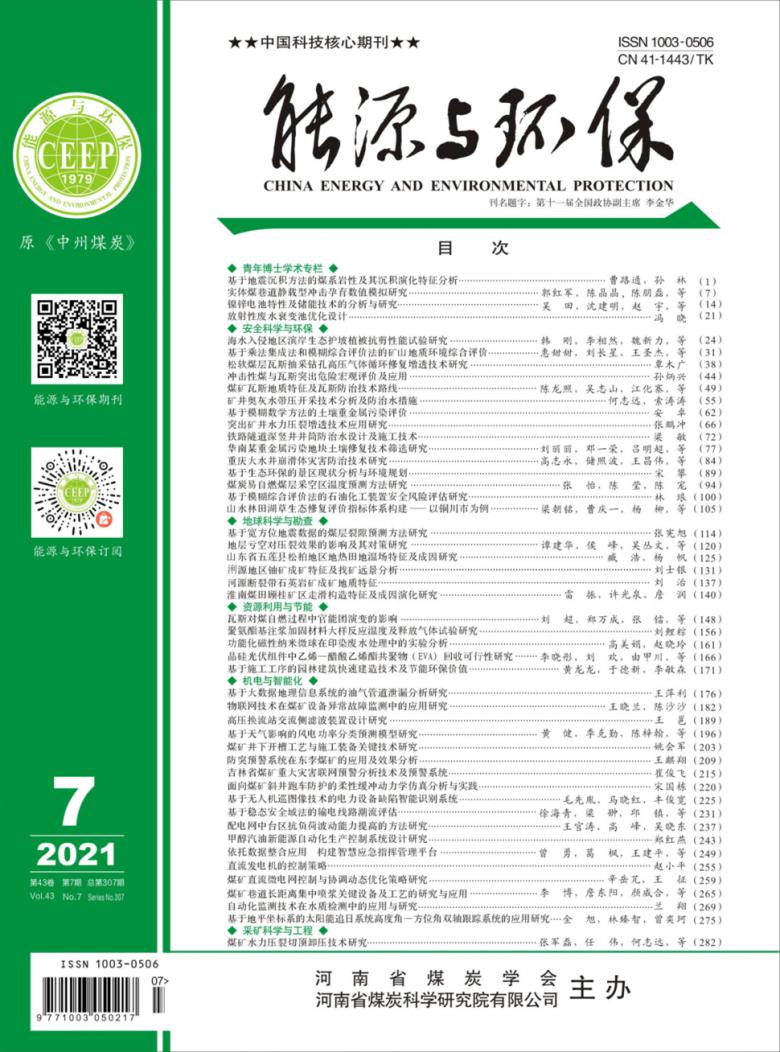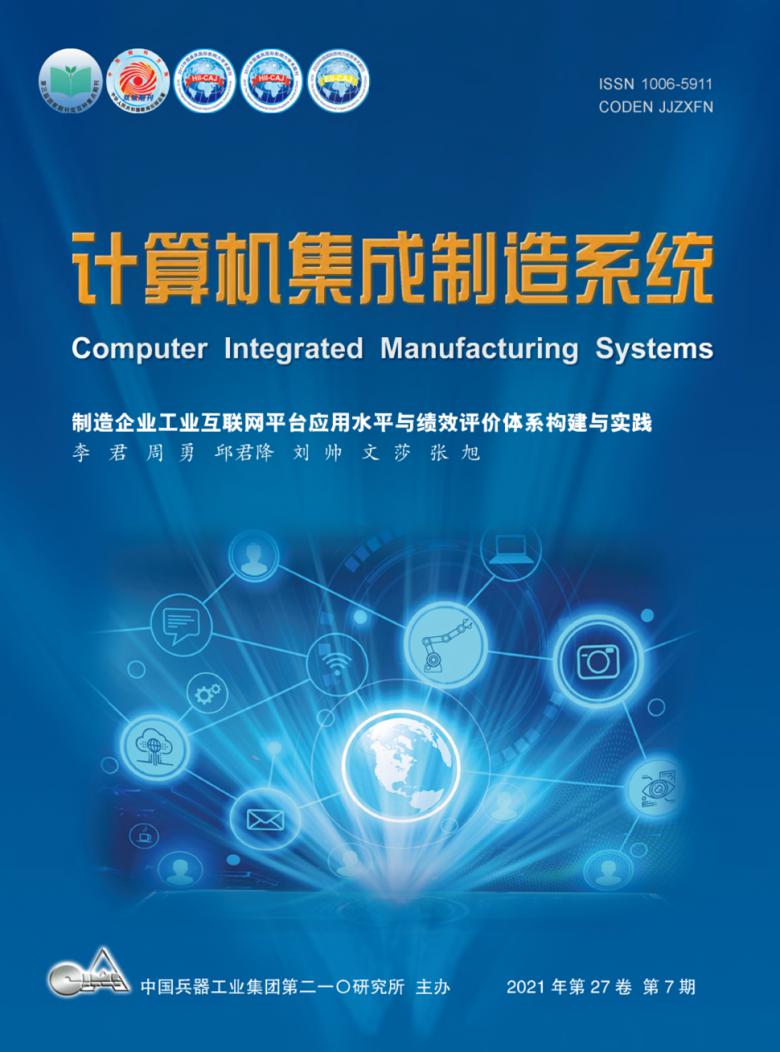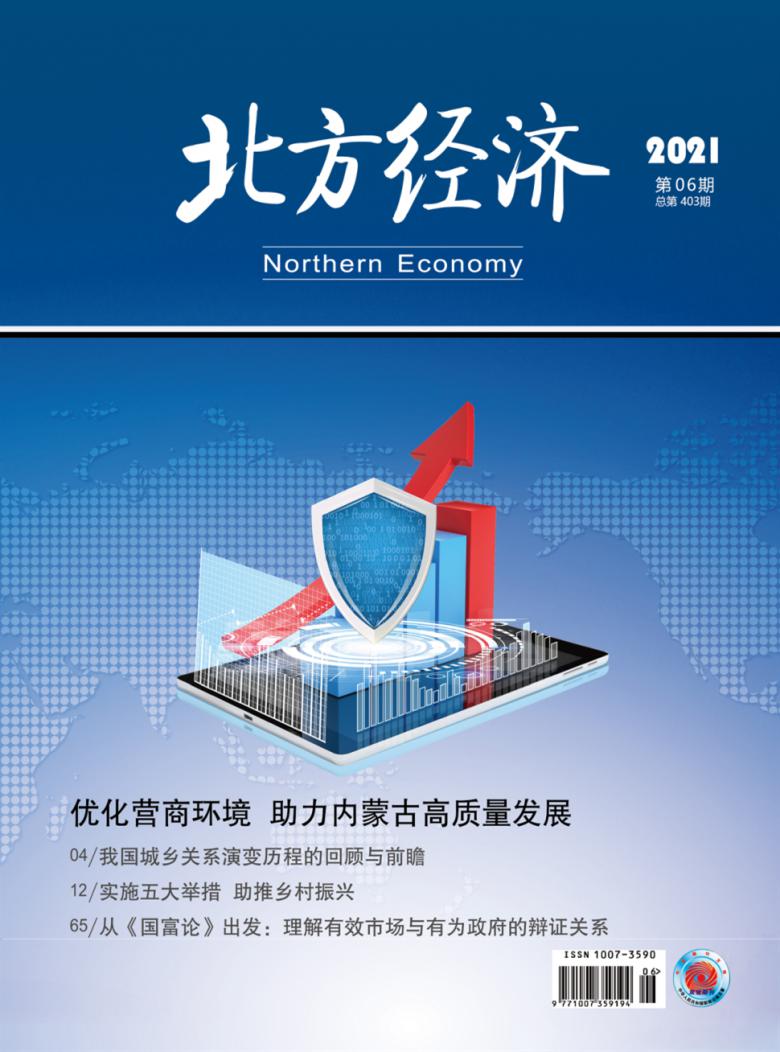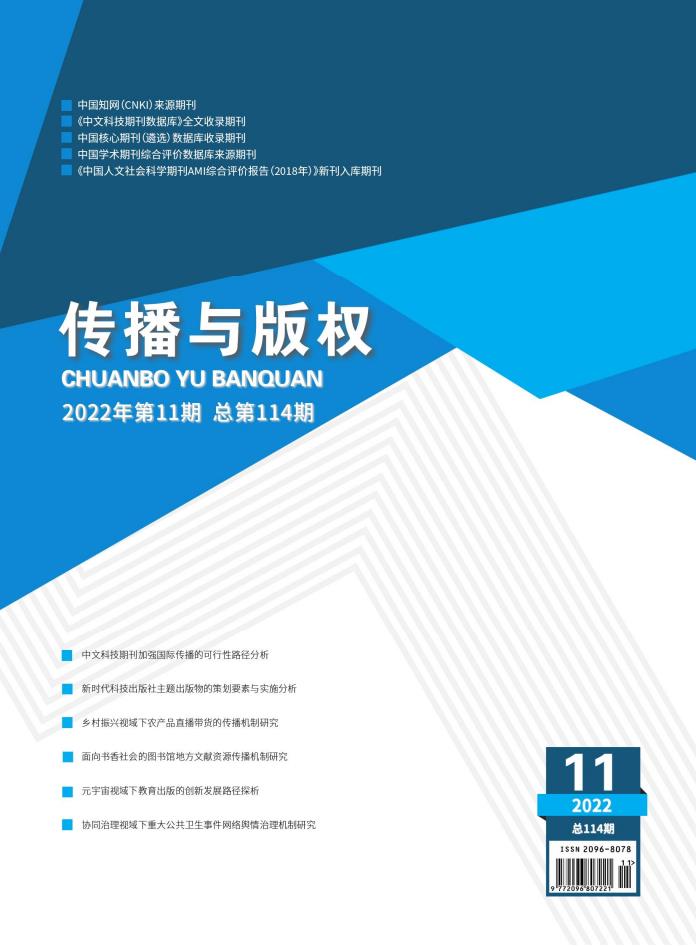中医英译中汉英标点符号的异同和转换
罗磊 2007-09-12
【关键词】 中国传统
[关键词]医学, 中国传统; 语言学; 翻译; 英语; 标点符号
The conversion and the similarities and differences of Chinese and English punctuation in English translation for traditional Chinese medicine
KEY WORDS medicine, Chinese traditional; linguistics; translation; English; punctuation
标点符号是文字语言不可缺少的、强有力的辅助。正确运用标点符号可以帮助读者分清句子结构,辨明语气,准确了解文意。标点符号在语言信息的传递与处理过程中起着很重要的作用,但一些初学中医英译者对这一点重视不够。
语篇中一个成分与另一个可以与之相互解释的成分之间的关系,有四种衔接手段,即照应、省略(包括替代)、连接、词汇衔接。汉语语篇的衔接与英语是相似的。事实上,标点符号作为文字语言不可缺少的辅助,在语篇中的衔接作用是很明显的。例如:分号将前后两个并列的分句连接起来,体现了两个分句的并列或对比的逻辑关系;冒号标示前后文提示性逻辑关系;括号标明符号内外注释性逻辑关系;破折号标明符号前后之间解释说明、补充说明或语义突然转变的逻辑关系。标点符号是文字里面有机的部分,不是外加上去的。它跟旧式的句读号不同,不仅仅是怕读者读不断,给他指点指点的。每一个标点符号都有独特的作用,说它们是另一形式的虚字,也不为过分。应该把它们和虚字同样看待,用与不用,用在哪里,都值得斟酌一番。如上面提到的分号相当于“和”或“而”;冒号、破折号和括号均可相当于“即”、“也就是”等连接词汇。
标点符号也是一种连接方式,一种衔接手段。如同位语成分就是对先行词进行重述或作进一步的解释说明。为了更有效地表达这种逻辑关系,英译时可以用破折号和冒号充当连接手段。有些同位语汉译时往往需要作适当的扩充或加破折号、冒号等。英译时可以用破折号或冒号将两者衔接起来,从而突出、强调信息中心。在这里,这两种标点符号相当于“即”、“也就是”这样的连接词。如不用破折号或冒号,而沿用原文中的逗号,信息中心的突出就没有如此有效。以下我们谈谈汉英标点符号的异同和转换。
1汉英标点符号的异同
在书面语里,标点符号用来表示各句之间和句子各成分之间的关系,使文字所表达的内容明确清晰,易于被读者了解。
英语的标点符号和汉语的标点符号的使用有相同的地方,也有许多不同的地方。英语采用的标点符号,有些汉语中没有,如:“’”撇号(apostrophe),“[ ]”方括号(brackets),“”连字号(hyphen),“/”斜线号(virgule or slant),斜体(italic)。而汉语的书名号“《 》”又不为英语所用。中医药学汉译英时必须正确地翻译这些标点符号所代表的含义[1]。要正确地翻译必须首先了解这些不同于汉语标点符号的英语标点符号。
1.1“’”撇号(apostrophe)
1.1.1表示名词和不定代词的所有格 如:
医生的解释不能消除他们的怀疑。
Doctor’s explanation cannot dismiss their doubt.
1.1.2表示数字、符号、字母或词形本身的复数 如:
病人对话中用“and”太多。
The patients have used too many and’s in their dialogue.
1.1.3表示缩约形式 如It’s等于It is。
1.2“[ ]”方括号(brackets)
1.2.1在引述他人文字中插入自己的解释性或评论性词语,或做详细的补充 如:
与川芎汤的AUC [(15 734.88±7 737.97)ng/(minml)]比较,川芎配伍芍药后AUC[(5 717.92±6 124.63)ng/(minml)]值明显降低(P<0.05)。
As compared with the AUC in subjects who were administered LW decoction, the AUC in those taken LW+PV decoction was lower [(15 734.88±7 737.97) ng/(minml) vs (5 717.92±6 124.63) ng/(minml)], P<0.05).
1.2.2用于对原文加以纠正或详细的补充 如:
由政府主持编定的《太平圣惠方》,全书100卷,载方16 833首(实际是16 834首),收集了当时大量的效方、验方和秘方,曾由国家颁布为我国第一部“方典”。
The Peaceful Holy Benevolence Formulae, which has 100 volumes with 16 833 [actually 16 834] formulae, was the first Standards of Formulae compiled under the auspices of government and issued by government.
1.2.3作圆括号内的括号[2] 如:
望神一般应注意四种情况(得神(有神)、少神、失神和假神)。
Four conditions (full vitality [having vitality], lack of vitality, loss of vitality, false vitality) should be distinguished in the vitality observation.
1.3“”连字号(hyphen)用于复合词。如:the five zangviscera(五脏),yangjaundice(阳黄),waterdampness(水湿),the coldattack disease(伤寒病),defensiveqinutrientblood syndrome differentiation(卫气营血辨证)。又如:
各医家自撰方书也不少见,如沈括的《苏沈良方》。
There were a lot of formula books written by other physicians, such as SuShen Effective Formulae by Shen Kuo[3].
其中,汉语的书名号“《 》”用英语斜体代替。
1.4“/”斜线号(virgule or slant)如:
囟门突然凹陷常由于吐泻伤津。
The sunken fontanel usually due to the depletion of body fluid caused by vomiting and/or diarrhea[4].
2标点符号的转换
书面语里标点符号用来表示各句之间和句子各成分之间的关系,使文字所反映的思想内容明确清楚,易为读者了解。在翻译中要使译文准确、通顺,就不能忽视对标点符号的运用和转换。原文的标点符号不应当也不可能原封不动地搬到译文中来。这不仅因为英语标点符号与汉语标点符号有某些不同之处,而且因为汉译英后语言结构必然发生变化,标点符号的运用也必须作相应的变动。现将汉译英中常见的标点符号转换现象举例说明如下。
2.1由于合句而引起标点符号的转换
2.1.1句号转换成逗号
(1)立法是治则的具体运用,是选药组方的指导原则。而治法是治疗方法。
Establishing therapy is concrete application of therapeutic principle and provides guiding principle for selecting herbs and designing a formula, whilst therapy refers to the methods of treatment.
(2)痰饮,是由于水液聚于体内的某一局部所致。影响了津液输布,凝聚而成痰,出现咳嗽、痰多白沫。
The phlegmrheum is caused by the accumulation of the water fluids in a certain part of the body,which affects the distribution of the body fluid and accumulates it to form the phlegm, giving rise to cough and profuse foaming sputum.
2.1.2句号转换成连词
(1)痰饮影响了津液输布。最后凝聚而成痰,出现咳嗽、痰多白沫。
The phlegmrheum affected the distribution of the body fluid, and in last accumulated it to form the phlegm, giving rise to cough and profuse foaming sputum.
(2)故暑邪为病,常兼挟湿邪以侵犯人体。在发热的同时,常出现胸闷呕恶、大便溏泄等。
If summer heat brings a disease, it often takes the pathogenic damp to attack the body, and in conjunction with fever, presents stuffy chest, vomiting and loose stools.
2.1.3句号转换成逗号加连词
元气分布于脏腑,即成为脏腑之气。每一脏腑都有各自的气。
The yuanprimary qi that distributes in the zangfu organs is known as the zangfu organ qi, and each organ has its own qi.
2.2由于分句而引起标点符号的转换
2.2.1逗号转换成句号
(1)气的活动力很强,人体生长、发育,一切生理活动和新陈代谢,都属于气的推动作用。
Qi is highly active. The human growth, development, as well as physiological activities and metabolism, belong to the promoting function of qi.
(2)在正常生理情况下,血液不致溢出于脉外,属于气的固摄作用,称为“气能摄血”。
Under normal circumstances, the blood does not extravagate from the vessels because of the containing function of qi. Hence it is said, “Qi contains the blood.”
2.2.2分号转换成句号
(1)在外感热病中热结肠胃,便秘而腹满胀痛者,称为“热秘”,属实;津血亏损,肠液不足,腹部无明显胀痛,称为“虚秘”。
Constipation with fullness, distension, and pain in the abdomen due to the accumulation of heat in the stomach and intestines is termed “heat constipation” and belongs to the excessive syndrome. Constipation without obvious distension and pain in the abdomen caused by insufficiency of the intestinal humor due to depletion of the body fluid and blood is termed “deficient constipation”.
(2)气滞胸胁,则胸胁胀痛;气滞胃肠,则脘腹胀痛;气滞于肝的经络,可见乳房胀痛,少腹坠胀等。
If qi stagnates in the chest and hypochondrium, there will be painful and distending sensation. If qi stagnates in the stomach and intestines, there will be distending pain in the epigastrium and abdomen. If qi stagnates in the Liver Meridian, there will be distending pain in the breasts and down bearing sensation in the lower abdomen.
2.3由于英语标点符号与汉语标点符号不同而引起的转换
(1)五行学说认为,宇宙间的一切事物,都是由木、火、土、金、水五种物质的运动与变化所构成的。
The theory of the five elements holds that all the phenomena in the universe are composed by the movement and mutation of the five objects: wood, fire, earth, metal and water.
(2)三焦分为上、中、下焦三个不同部位,使饮食水谷被消化吸收与输布排泄,发生其不同的气化作用。
The Sanjiao is pided into the upper, middle and lower portions to enable them to have their inpidual qi transforming function for digestion, absorption, distribution and excretion of water and grain.
(3)“气机”,主要表现为升、降、出、入四种形式。
“Qi activity” is mainly manifested by the four forms: upflow, downflow, outflow and inflow.
2.4由于作用相同而引起标点符号的转换 在中医药学汉英翻译中,常见的是分号转换成逗号加连词。
(1)津血亏损,肠液不足,腹部无明显胀痛,称为“虚秘”;老年阳虚,无力运化,排便困难者,称为“寒秘”,也属“虚秘”。
Constipation without obvious distension and pain in the abdomen caused by insufficiency of the intestinal humor due to depletion of the body fluid and blood is termed “deficient constipation”, and the difficulty of defecation happening in the elderly due to yang deficiency which affects the transportation and transformation is termed “cold constipation” and also is one of the types of “deficient constipation”.
(2)腹痛作泻,每因情绪波动而诱发;泻后而痛不减,属肝脾不和。
Bouts of diarrhea with abdominal pain that is unrelieved by defecation are brought on by emotional stimulation,and the cause is the disharmony between the liver and spleen.
[
1罗磊. 医学英汉互译技巧与实践[M]. 北京:人民军医出版社, 2004. 271.
2陆谷孙. 英汉大词典[M]. 上海:上海译文出版社, 1989. 4097.
3罗磊. 中国文化与中医英译[J]. 西医结合">中西医结合学报, 2004, 2(4):319320.
4北京中医药大学主编. Diagnostics of Traditional Chinese Medicine[M]. 北京: 学苑出版社, 1998. 34.
